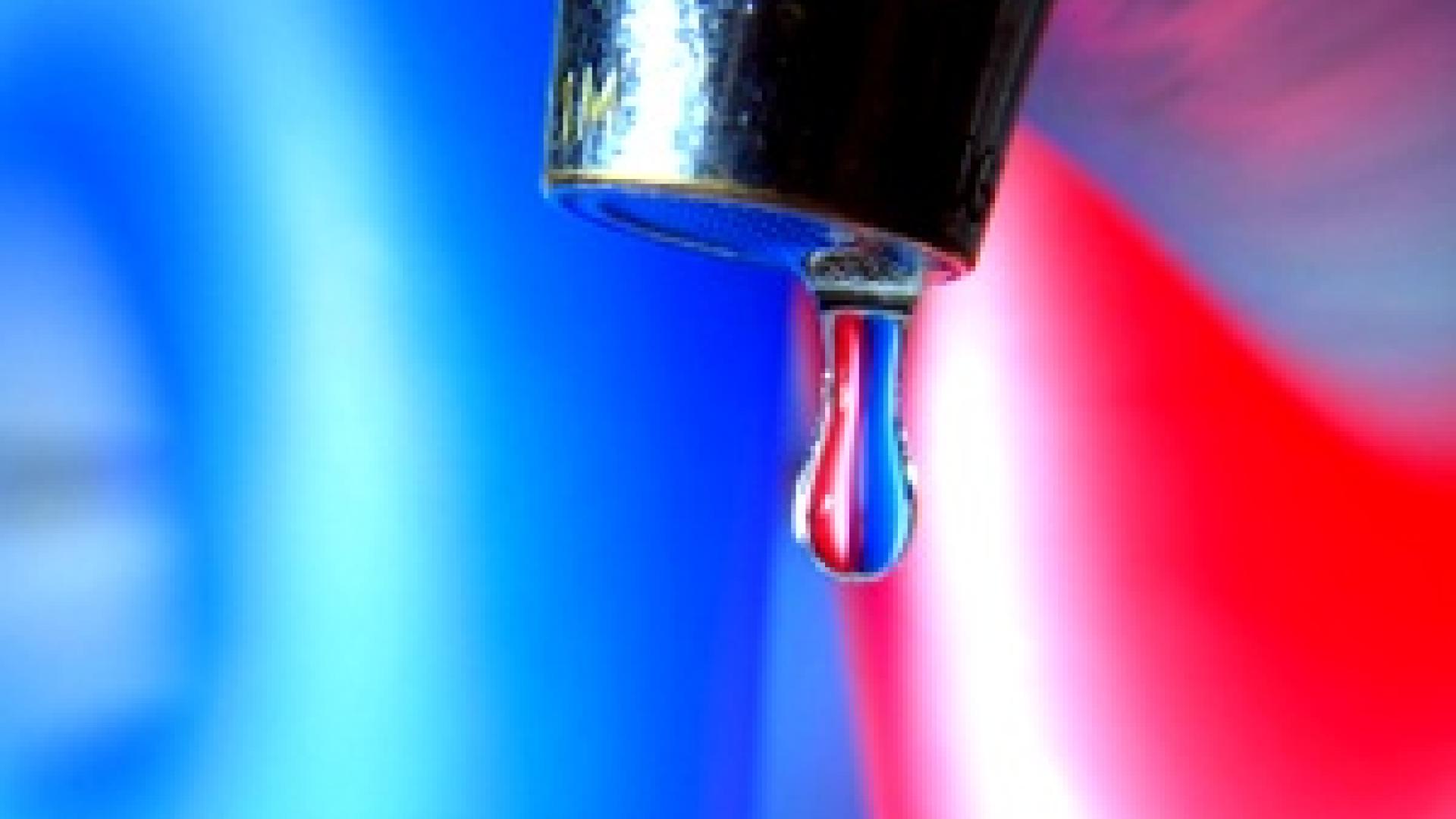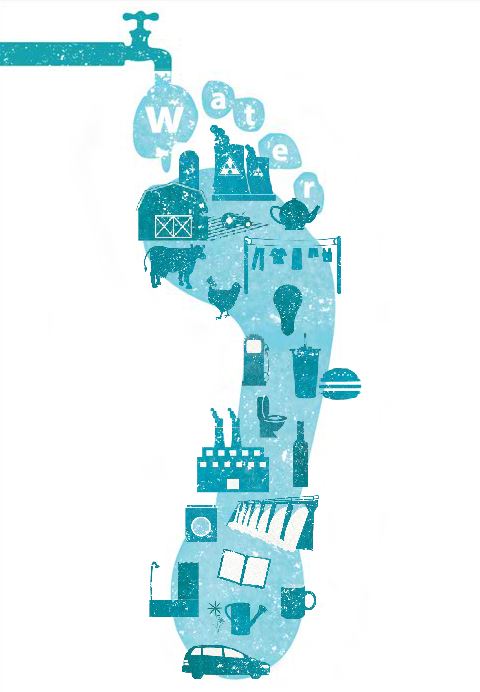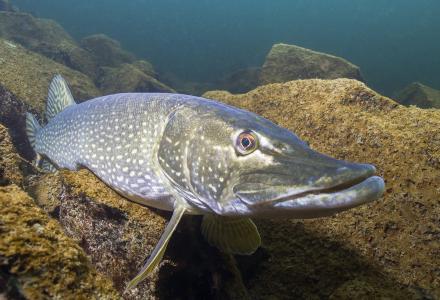
March 16-22 is Fix a Leak Week in the U.S., and Canada Water Week in the provinces.
The Fix a Leak campaign, led by the U.S. Environmental Protection Agency, is meant to encourage folks to find and fix dripping faucets and valves that are wasting water (and money) in their homes.
Canada Water Week - organized by World Wildlife Fund (WWF) and others – is meant to raise the profile of water and its importance to Canada’s future.
Both of these weeks end on March 22, when World Water Day is celebrated.
With water as major focus this March, it’s worth noting that wasted water is an ongoing, year-round issue.
One the most popular reports on the IJC website, “Protection of the Waters of the Great Lakes,” speaks to this:
“Experience has shown that conserving water by using it more efficiently makes sound economic and environmental sense in that infrastructure costs for water supply and wastewater treatment are reduced, energy use is reduced, cost efficiencies are increased by reducing the volumes of water and waste to be treated, resiliency of the ecosystem is improved by reducing withdrawals, and exemplary behavior is demonstrated to others.”
The implementation of recommendations in the Protection of the Waters report, published in 2000, is being reviewed by the Commission and a status report is due for release later this year
These days, as noted by EPA, the average U.S. household's leaks can account for more than 10,000 gallons of water wasted every year, or the amount of water needed to wash 270 loads of laundry. And, 10 percent of homes have leaks that waste 90 gallons or more per day, from sources including worn toilet flappers, dripping faucets, and other leaking valves.
When the Protection of the Waters report was reviewed in 2004, the IJC added:
“Governments at all levels should … encourage the development and implementation of policies such as metering and conservation pricing as well as technologies that will reduce the consumption and loss of water as long as low income families are protected.”
This year, Canada Water Week organizers also are reminding people about their “water footprint” – how much water is hidden in daily activities and purchases. The average Canadian consumes nearly 6,400 liters (1,690 gallons) of water every day. More than 90 percent of that water is “embedded” in food, clothes and products. There are numerous related events planned for Canada Water Week 2015.

From the Canada Water Week website. Discover your water footprint. See the interactive version here.




